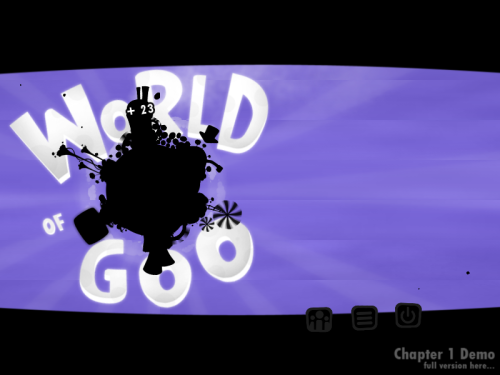 At work, I primarily use a Windows based environment, but my home desktop is Ubuntu. I did tinker for a while using Linux on my work laptop but found that the power management was temperamental and for my usage pattern the laptop has to sleep (and wake) predictably or its not useful.
At work, I primarily use a Windows based environment, but my home desktop is Ubuntu. I did tinker for a while using Linux on my work laptop but found that the power management was temperamental and for my usage pattern the laptop has to sleep (and wake) predictably or its not useful.
Of course, my Ubuntu desktop isn’t the only machine at home. Jenn’s got a Mac, and there are various Linux boxes and a host of other devices (squeezebox, etc) all on the network. Really the network is much more important than the actual desktop you are using since mostly we’re talking about web and email access. The network centric approach falls down when you want to do something like burn a DVD, then the machine matters.
Ubuntu comes with a nice set of built in tools – but I wasn’t satisfied with the standard ones. It didn’t take me long to come across K3B and I haven’t looked back since. The user interface is intuitive, and I haven’t managed to make a coaster yet.
Just today I found myself needing to burn a Mac OSX .dmg file. Now K3B doesn’t handle .dmg natively. So the first thing we need to do is convert the .dmg file into an .iso ‘like’ file. There was a handy thread that discussed exactly this problem and pointed at dmg2iso.pl. The perl version works fine from my testing, but will fail with large .dmg files. The solution is DMGExtractor, a java implementation that does the same conversion work.
Once you have converted the file – you might simply want to take a look at it without burning a CD or DVD. This is easy under Linux.
sudo mount -t hfsplus -o loop test.iso /mnt
The same trick can be used with normal iso9660 format files by using -t iso9660 as the type.
Now its time to burn a DVD with our converted .iso like file. K3B will dutifully check the format of this .iso file and report that it is not actually an iso9660 format file, but we know from mounting it that it is a valid filesystem in the hfsplus format. K3B will let you still burn the DVD using this non-iso9660 file with a well worded warning that it can’t promise this will work but that there are valid formats that K3B doesn’t know about.
The resulting DVD works fine on the Mac – K3B hasn’t let me down yet.


 At work, I primarily use a Windows based environment, but my home desktop is
At work, I primarily use a Windows based environment, but my home desktop is